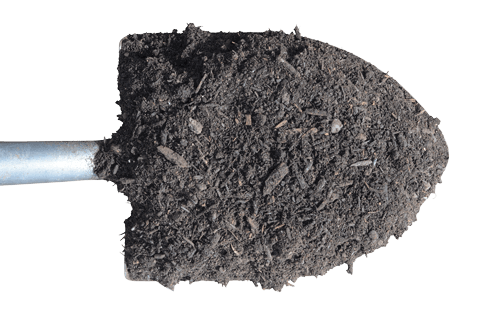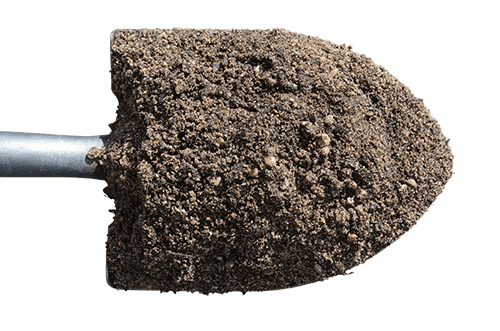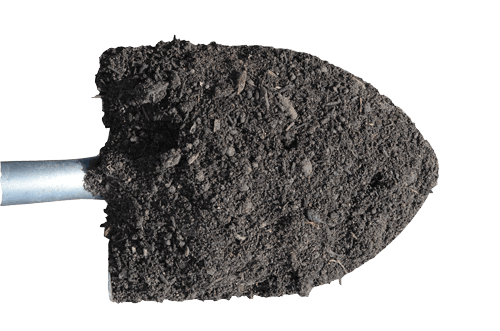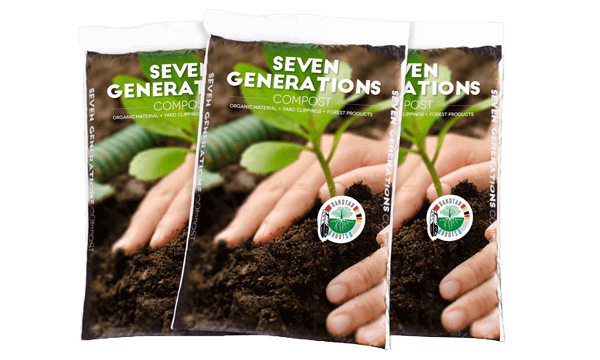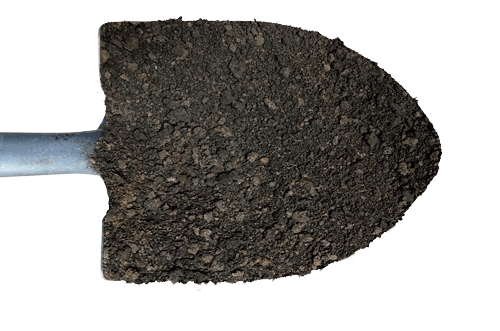Backyard composting is something that any homeowner can do—and can be very simple and inexpensive when done correctly! Composting creates a nutrient-rich and moist alternative to chemical fertilizers and can also be used for plants and gardens in your home. It also reduces the amount of organic material that would otherwise go in the garbage and eventually to a landfill.
Deciding how to start your compost depends on the environment you live in. If you don’t have a lot of yard space, have picky neighbors, or curious pets, you might want to invest in either a compost digester or a tumbler. However, if you have the space, you can also choose to compost directly on the ground outside.
A compost digester is enclosed on the sides and the top and open on the bottom. This makes it more difficult to turn, but it’s all about personal preference. A tumbler is recommended more highly because it acts as insulation and can be turned to provide aeration. Some tumblers even have aeration spikes that bring oxygen into the compost and prevent clumping. These usually speed up the compost process because the tumbler maintains a higher internal temperature year-round. Plus being fully enclosed helps with the odor and any pests that might be interested. You can also make your own version of a tumbler using a heavy-duty garbage bin and drilling some holes in the sides.
When building your compost pile, you need to have sources of carbon, nitrogen, water, and oxygen. Carbon sources, or “browns,” come from things like dead leaves, branches, and twigs. Nitrogen sources, or “greens,” come from things like grass clippings, fruit and vegetable scraps, and coffee grounds. A good rule of thumb is to have about one-third of your pile consist of greens and two-thirds consist of browns.
Layer your pile with twigs and straw for the first few inches, then alternate between moist greens and dry browns. Your pile should be between 3-6 feet wide and 3-6 feet deep. You can cover your pile with wood or a plastic sheet to help contain any odors, but if you are properly maintaining the compost, you should only be experiencing a rich, earthy smell. Adding lime and calcium to your pile may also help with odor.
Be sure to turn your pile 1-2 times per week or when the internal temperature of the pile reaches between 113-150°F. This will ensure that your pile is getting enough oxygen and also speeds up the composting process. You will want to water your pile as needed, but it should never be wetter than a wrung-out damp sponge. If you accidentally add too much water, that’s okay—just turn the pile a few times and let it be.
If you take care of your compost pile properly, you should see results after several weeks. Depending on the materials you use and the climate your pile is in, it could take several months. It will likely take some trial and error for first-timers, but don’t let that discourage you! Backyard composting has a few differences from the large-scale composting we do here at the SMSC Organics Recycling Facility. Home compost piles are generally much smaller than the piles at a large-scale facility, which limits the type of materials you can use. You will want to avoid any meats, dairy, or bread products to prevent attracting rodents. Additionally, compostable plates, bowls, and silverware generally will not break down in a backyard pile because the temperature in smaller piles will not get hot enough.
Below is a list of greens (nitrogen) and browns (carbon) you should add to your pile, and some things you should avoid putting in your backyard compost. Good luck!
DO ADD – GREENS
- Fruit and vegetable scraps
- Coffee grounds and filters
- Eggshells
- Grass and plant clippings
- Tea bags
DO ADD – BROWNS
- Dry leaves
- Finely chopped wood and bark chips
- Shredded newspaper
- Napkins and paper towels
- Straw
- Sawdust from untreated wood
- Paper
- Cotton and wool rags
DON’T ADD
- Black walnut tree leaves or twigs
- Cartons or frozen food boxes
- Coal or charcoal ash
- Dairy products and eggs
- Diseased or insect-ridden plants
- Fats, grease, lard, or oils
- Meat or fish bones and scraps
- Pet wastes (dog or cat feces, soiled cat litter, etc.)
- Sawdust or chips from treated wood
- Weeds with seeds
- Yard trimmings treated with chemical pesticides

